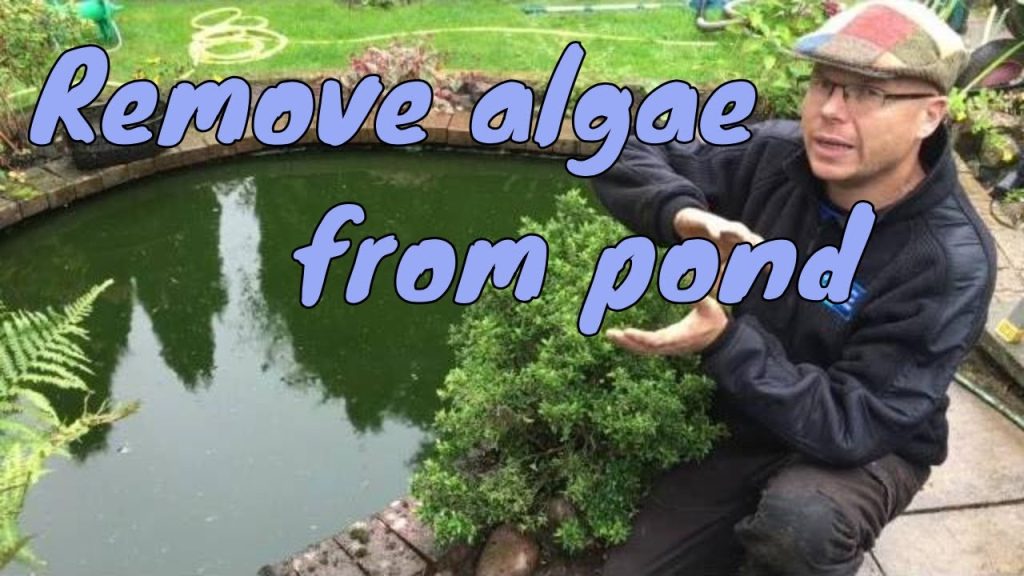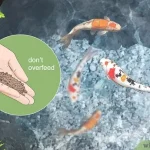Algae growth in ponds is a common problem that many pond owners face. Excessive algae can turn your beautiful pond into a murky mess, affecting the water quality and overall aesthetics. However, there are several effective methods to control and get rid of algae in your pond. In this comprehensive guide, we will explore different strategies to help you maintain a healthy and algae-free pond.
Understanding Algae
Algae are simple, plant-like organisms that thrive in water bodies with abundant sunlight and nutrients. While some algae are beneficial and necessary for a pond ecosystem, excessive algae growth can lead to imbalanced water conditions and harm aquatic life.
Types of Algae
There are three main types of algae that commonly infest ponds:
- Green Algae: This is the most common type of algae found in ponds and is responsible for the green tint in the water.
- Blue-Green Algae: Also known as cyanobacteria, this type of algae can be toxic to humans and animals.
- String Algae: Also called filamentous algae, this type forms long, stringy strands that can quickly cover the surface of the pond.
Effective Ways to Get Rid of Algae
1. Pond Aeration
Proper aeration can help control algae growth by increasing oxygen levels in the water. Installing a fountain or aerator can promote healthy microbial activity and reduce nutrient buildup that fuels algae growth.
2. Beneficial Plants
Adding aquatic plants like water lilies and submerged plants can compete with algae for nutrients, effectively reducing algae growth. Plants also provide shade and cover for fish, further enhancing the pond ecosystem.
3. Manual Removal
Regularly remove excess algae by hand or using a rake to prevent overgrowth. This physical removal can help control algae levels and improve water clarity.
4. Uv Clarifiers
UV clarifiers use ultraviolet light to kill algae cells and prevent them from reproducing. Installing a UV clarifier can be an effective way to control algae blooms and maintain clear water.
5. Barley Straw
Barley straw is a natural and eco-friendly way to control algae in ponds. When barley straw decomposes, it releases compounds that inhibit algae growth, keeping your pond clean and clear.
6. Biological Additives
Introducing beneficial bacteria and enzymes to your pond can help break down organic matter and reduce nutrient levels that fuel algae growth. Biological additives can improve water quality and promote a balanced ecosystem.
7. Chemical Treatments
While chemical treatments should be used as a last resort, algaecides can effectively eliminate algae in ponds. It is essential to follow the manufacturer’s instructions carefully and use chemicals sparingly to avoid harming fish and other aquatic life.
Preventing Algae Growth
Prevention is key to maintaining a healthy pond ecosystem and preventing algae outbreaks. Here are some tips to prevent algae growth:
- Limit nutrient inputs by avoiding overfeeding fish and minimizing fertilizer use near the pond.
- Regularly clean debris and decaying organic matter from the pond to reduce nutrient buildup.
- Shade the pond with plants, structures, or shade sails to reduce sunlight exposure and inhibit algae growth.
- Maintain proper filtration and water circulation to prevent stagnant water, which can promote algae growth.
- Monitor water quality parameters like pH, ammonia, and nitrate levels to ensure optimal conditions for fish and plants.

Credit: www.youtube.com

Credit: www.wikihow.com
Conclusion
Algae control in ponds requires a combination of strategies tailored to your specific pond conditions. By understanding the types of algae, implementing effective control methods, and practicing prevention measures, you can enjoy a clear, healthy pond free of algae. Remember to regularly monitor your pond’s water quality and make adjustments as needed to maintain a balanced ecosystem for your aquatic plants and fish.





